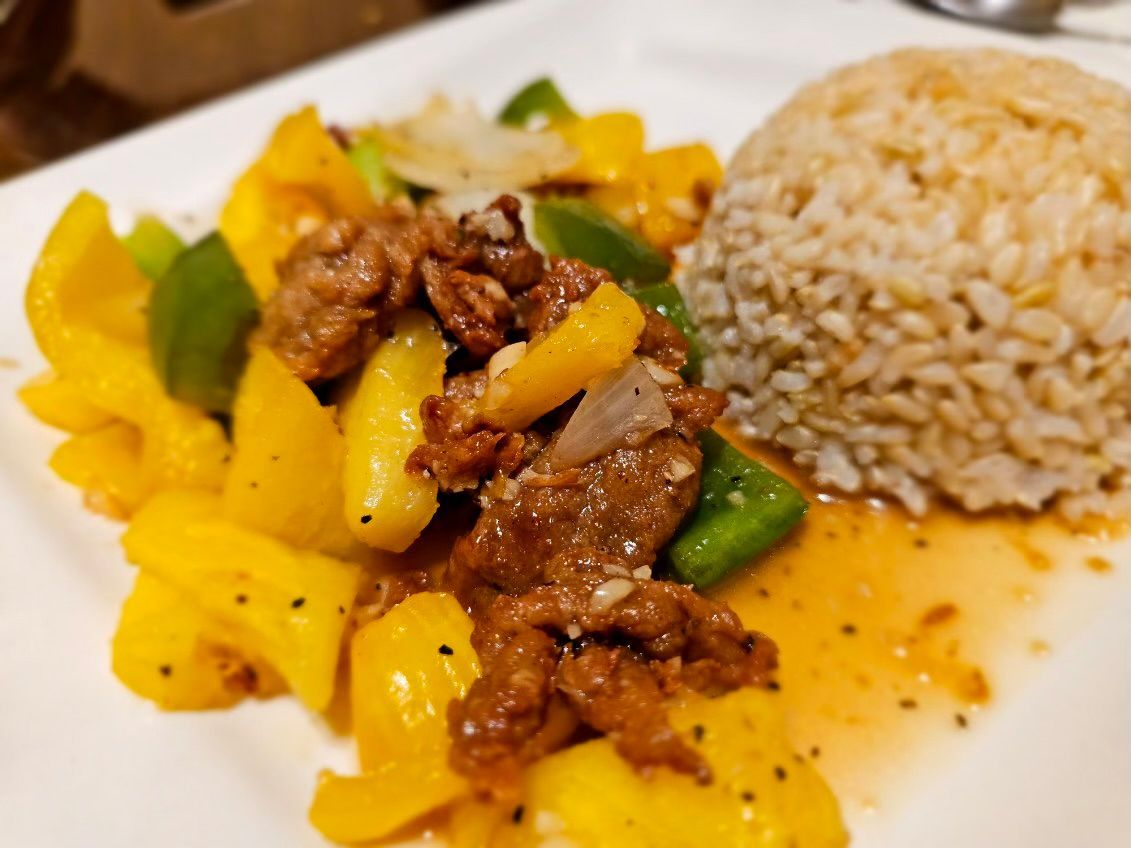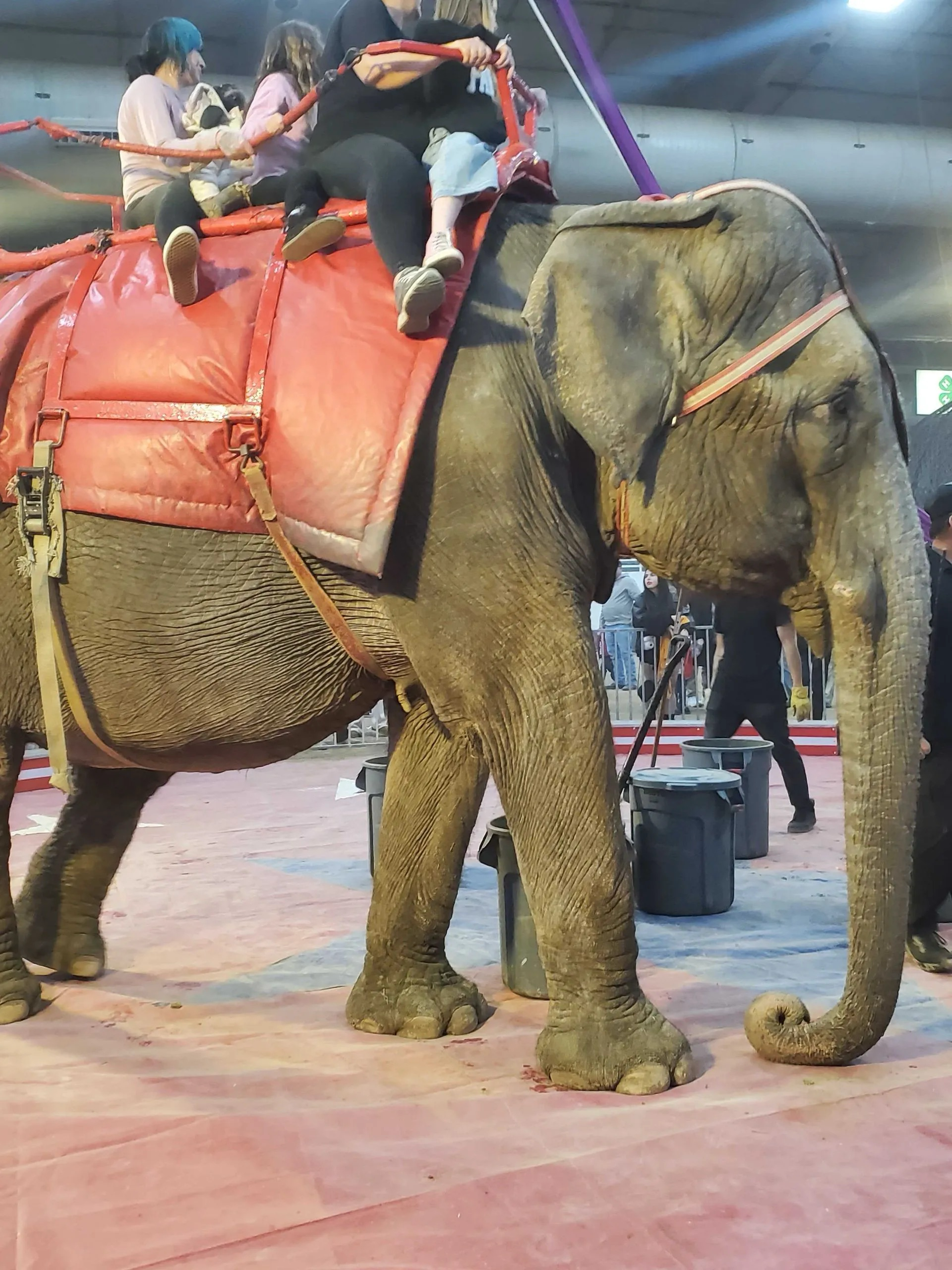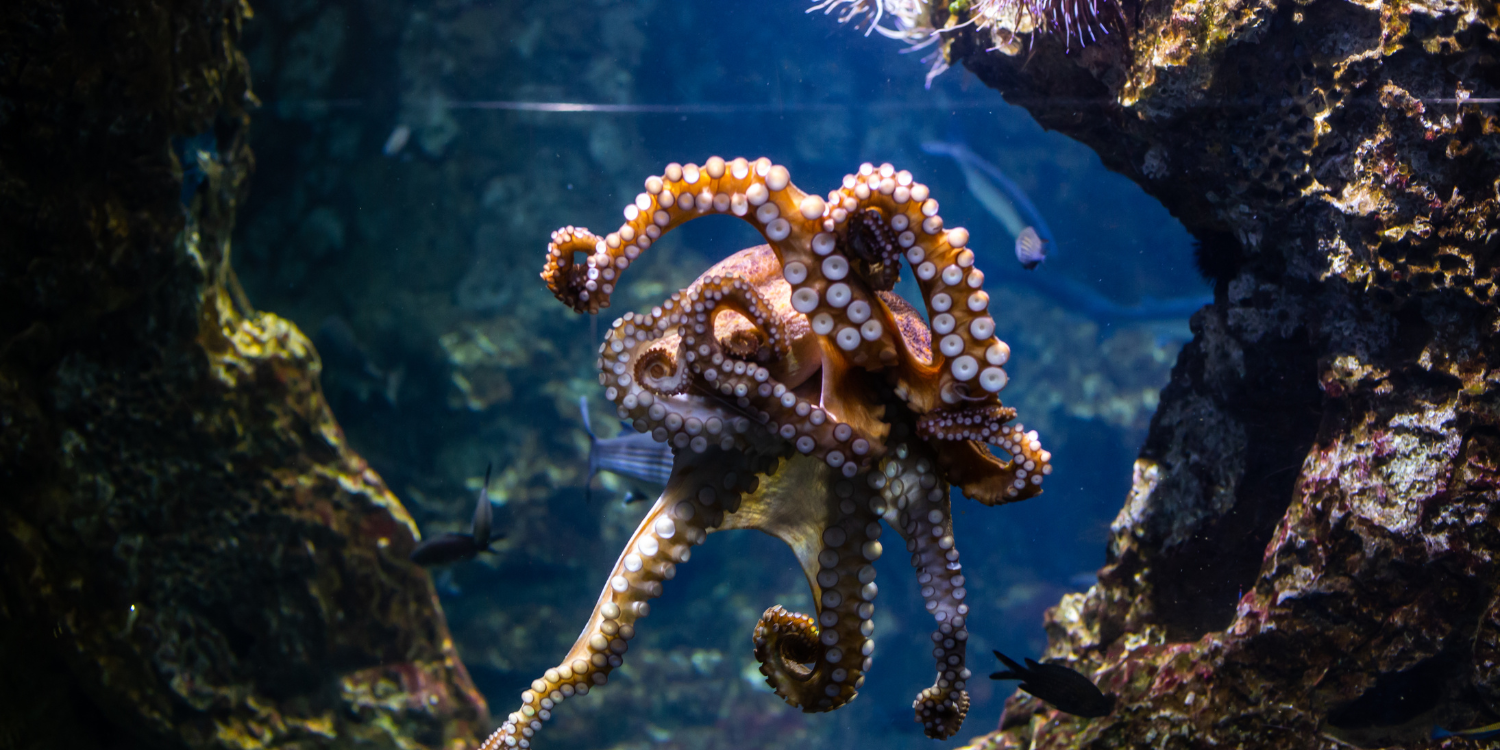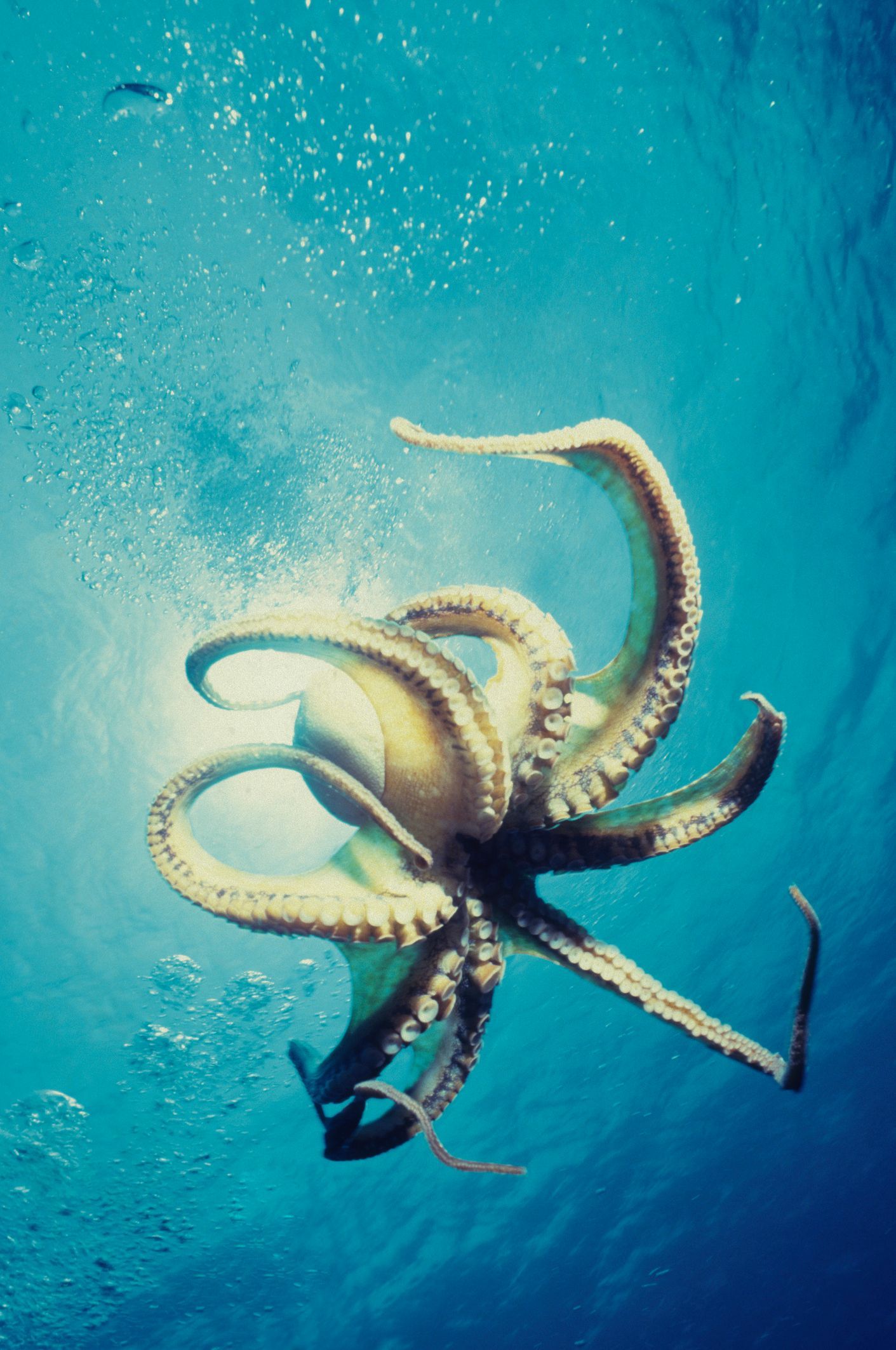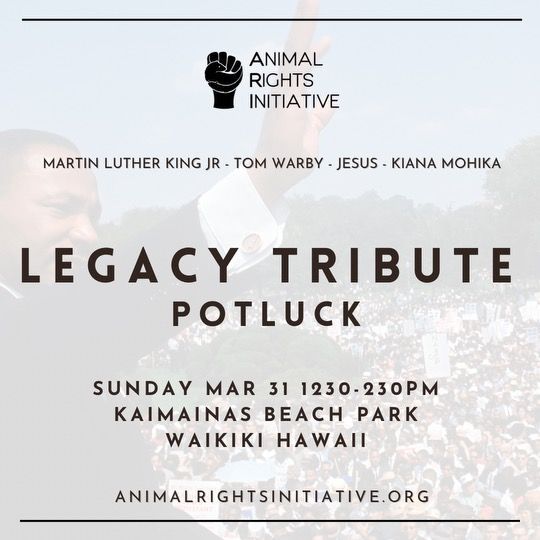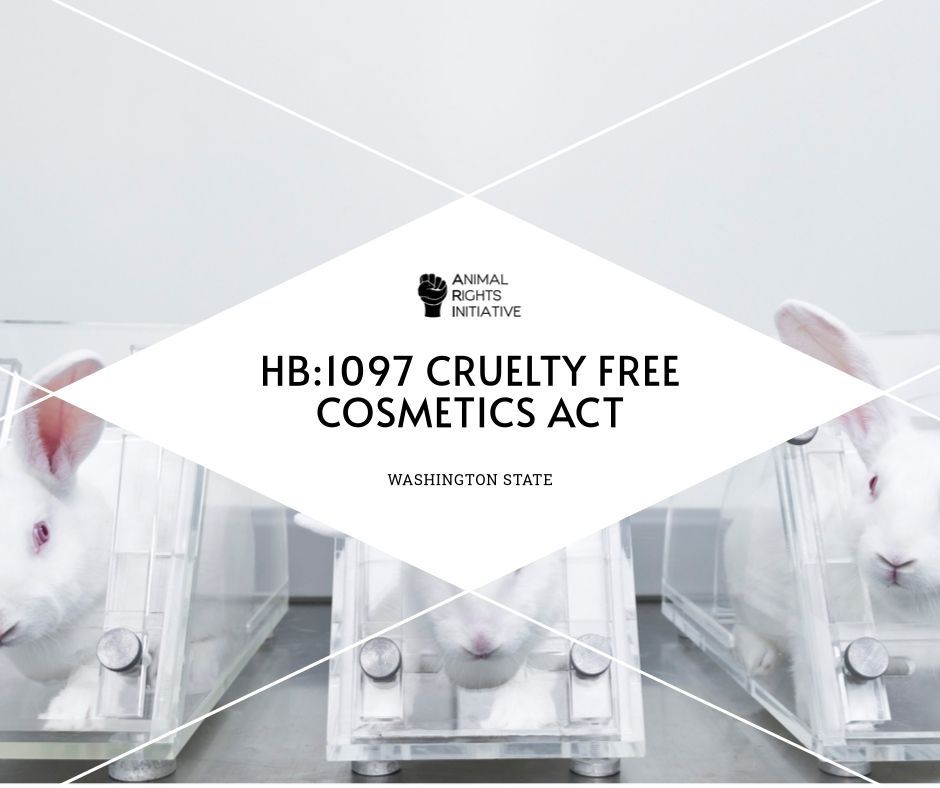Foie Gras
Unseen Consequences: The New Report on Foie Gras, Human Health, and Ecological Impact
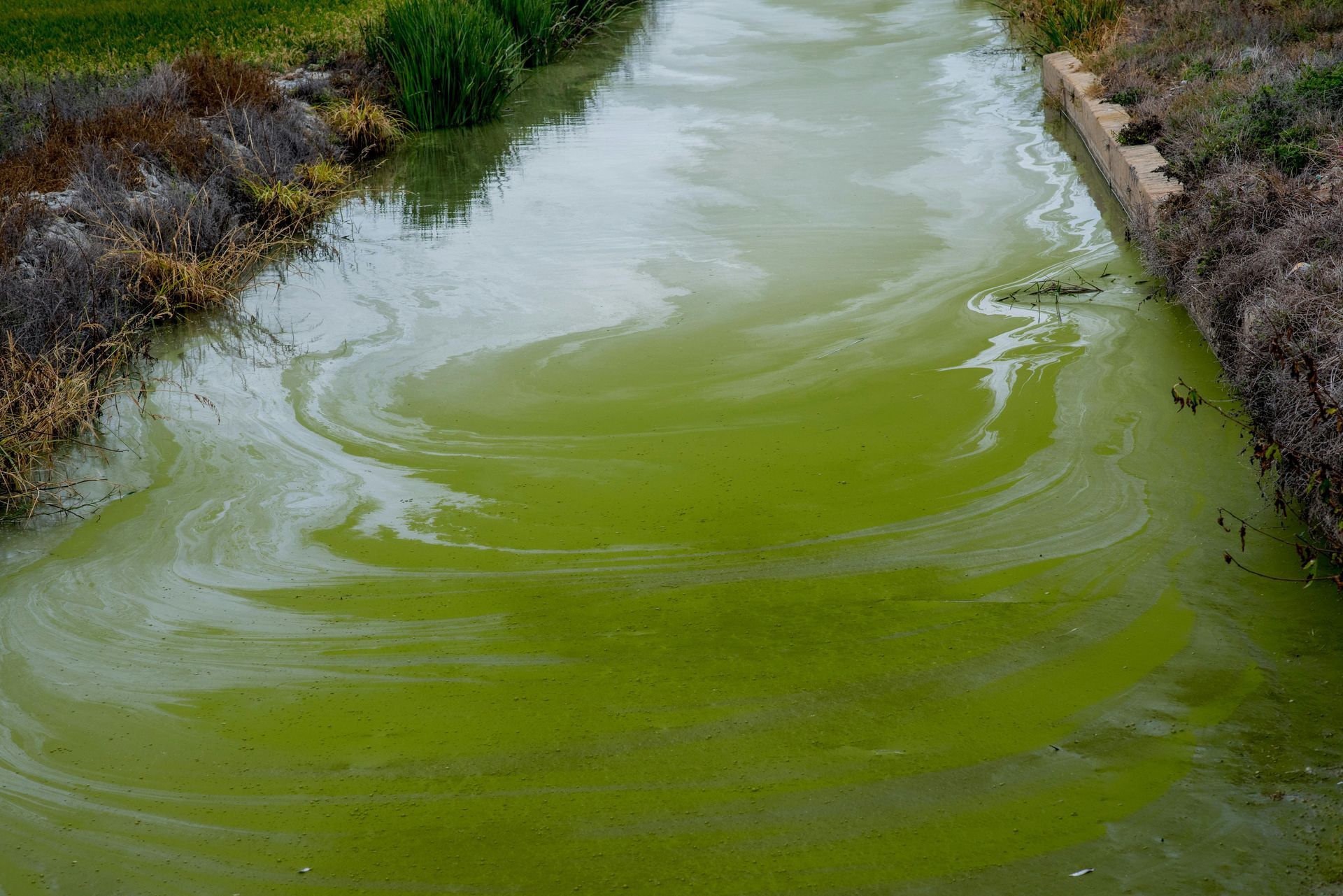
Abstract
This report, "Unseen Consequences: The New Report on Foie Gras, Human Health, and Ecological Impact," highlights the severe risks associated with foie gras production. Foie gras consumption has been linked to diseases such as amyloidosis, listeriosis, and campylobacter infections, posing serious public health concerns. The process of producing foie gras, which involves force-feeding birds to enlarge their livers beyond natural capacity, not only causes animal suffering but also contributes to environmental degradation, including harmful algal blooms. A study in Belgium showed that foie gras contains some of the highest levels of flame retardants, which are known to cause endocrine disruption and other health issues. Additionally, the intensive farming conditions of foie gras operations contribute to the spread of zoonotic diseases like avian influenza, raising both public health and biodiversity concerns. Given the profound ethical, environmental, and health consequences, immediate policy action to ban foie gras production and sales is necessary to safeguard public well-being and the environment.
Introduction
Foie gras, a food product made from the liver of ducks or geese that have been force-fed to engorge their livers beyond what would occur in nature, has long been criticized for animal cruelty inherent in its production. The process requires gavage - force-feeding the birds 20-30% of their body weight in on sitting, two to three times a day. The bird's livers naturally weigh around 40-50 grams, but to qualify as foie gras, regulations demand a minimum of 300g and can go up to 700g. This swelling not only causes severe pain and suffering for the birds, but emerging data suggests it also has detrimental impacts on ecosystems and significant consequences for human health. This report highlights recent findings related to foie gras, linking its production to potentially fatal health hazards, environmental degradation, and zoonotic disease transmission. Compiled of over 70 studies or reports, the evidence suggests that the consequences of foie gras need to be addressed to safeguard future generations.
Public Health Risks
The public health implications of foie gras production are majorly concerning. Foie gras consumption has been linked to diseases such as amyloidosis, listeriosis, and campylobacter infections. Shockingly, foie gras also contains high concentrations of brominated phenols—flame retardant chemicals known to disrupt human endocrine systems, posing even further health risks. Because the livers are compromised, they can not metabolize these hazardous compounds and buildup occurs, which then pass on to the consumer.
Moreover, birds used in foie gras production are reservoirs for avian influenza (HPAI) and other viruses, which have major implications for human health. Avian flu is known to be fatal in animals- in humans there is an alarming 52% fatality rate.
Amyloid Exposure Immune Response and Health Consequences
Of all the health concerns, the amyloid content of foie gras and the impact on human health is very significant because of its correlation to Alzheimer’s and dementia development, and potentially fatal reactions in immunocompromised groups. An amyloid is a misfolded, insoluble protein that gets caught in tissues, usually within blood vessels, that triggers amyloidosis. Amyloidosis is a disorder in which proteins misfold, aggregate and form insoluble fibrils that take up the extracellular space of organs and soft tissues, restrict cerebral blood flow and cause organ failure. Animal studies show that amyloid development occurs after consuming products with amyloid content, and also that it can be passed on from breastfeeding mother to her children. Amyloid deposits are already commonly found in waterfowl, particularly Pekin ducks. Pekins produce 50% of the DNA of ducks used for foie gras, and the liver is predominantly affected by accumulation of amyloids(8–10). This biological abnormality increases in birds subjected to stressful environmental conditions, particularly the force-feeding that is used during production (8). Post-mortem analysis of the birds confirms that most amyloid deposits are prevalent in the liver. Consuming amyloids triggers Amyloid Enhancing Factor (AEF), which leads to amyloid production and buildup in the consumer. The study shows that AEF activity of foie gras was not completely eradicated by cooking.
Because of the limited knowledge of the public on the immune responses of amyloid consumption, accurate reporting of symptoms is unlikely, posing a unique risk. Amyloids accumulate in tissues over time, restricting blood flow, and eventually cause organ and cognitive failure. These findings are significant when you consider the correlative data 1 out of 9 people over 65 have Alzheimers in the U.S., but in France, the world’s largest consumer of foie gras, the number skyrockets to 1 out of 4. The rate of Alzheimer's in seniors is 125% higher in France compared to the USA.
To illustrate the increased saturation of foie gras consumption in France versus the USA, we compared per capita consumption:
- France: 16,000 metric tons consumed annually by a population of 68.17 million = 0.234 kg per person per year.
- USA: 300 metric tons consumed annually by a population of 334.91 million = 0.0009 kg per person per year.
This shows that foie gras consumption is over 260 times higher per capita in France than in the USA, highlighting its much deeper dietary integration.
Eating amyloids can significantly impact individuals with various inflammatory illnesses. For example:
- Alzheimer's Disease: Research suggests a link between amyloid proteins and the development of neurodegenerative conditions. Consuming amyloids could contribute to cognitive decline or exacerbate existing symptoms in those predisposed to Alzheimer's.
- Asthma: Consumption of amyloids may trigger respiratory inflammation, leading to increased asthma attacks and complications for individuals with pre-existing conditions.
- Rheumatoid Arthritis: Eating amyloids may exacerbate inflammation and joint pain, triggering immune responses that worsen the disease's symptoms.
- Irritable Bowel Syndrome (IBS): Amyloids can disrupt gut health, potentially aggravating symptoms like abdominal pain and altered bowel habits in individuals with IBS.
- Other Inflammatory Illnesses: For individuals with general inflammatory conditions, eating amyloids may provoke heightened immune responses, leading to increased inflammation and discomfort. In certain situations, these immune responses can prove fatal, particularly for those with compromised health or underlying conditions (source: Proceedings of the National Academy of Sciences).
“Foie gras is banned in many countries due to the cruelty it inflicts on the birds involved in the production of foie gras and the health risks it poses to humans who ingest it, specifically, a fatal disease called secondary amyloidosis.” - NOW Foods
Listeria Contamination and Health Risks
Foie gras production and consumption carry significant risks of contamination with Listeria monocytogenes, a bacterium that causes Listeriosis and thrives in Concentrated Animal Feeding Operations (CAFOs) because of the constant exposure to animal feces. Most ducks and geese raised for foie gras are kept in these highly confined, unsanitary conditions, where exposure to fecal waste and other bodily fluids is nearly constant. Because the animals suffer repeated capture, forced-feeding and other physical and mental stress in these artificial environments, their immune systems become compromised and they experience reduced functionality of the liver which contributes to higher contamination levels. This is an ideal environment for Listeria to proliferate, especially in the birds' livers, which are then consumed by humans.
People infected with L. monocytogenes can start to see symptoms in a few hours or as long as two to three days after eating contaminated food. More severe forms of listeriosis may take anywhere from three days to three months to develop. Onset delays and typical consumption of alcohol with foie gras elevate the unlikelihood of accurate reporting of illness directly related to foie gras consumption, creating a heightened risk for consumers with potentially fatal consequences.
L. monocytogenes bacterium is particularly dangerous because it can survive and even grow at refrigeration temperatures, making it a serious threat in ready-to-eat products like foie gras, which often undergo no further cooking or sterilization before consumption, increasing the likelihood of listeriosis outbreaks. Pathogenic Listeria primarily enter the host through the intestine, with the liver being their first target after crossing the intestinal barrier. In the liver, Listeria bacteria actively reproduce, leading to the onset of infection. Mild symptoms may include a fever, muscle aches, nausea, vomiting, and diarrhea. If the more severe form of listeriosis develops, symptoms may include headache, stiff neck, confusion, loss of balance, and convulsions. For pregnant women, children, the elderly, and the immunocompromised listeriosis can result in death.
Populations at Highest Risk
Listeria poses the greatest risk to vulnerable populations, such as:
- Pregnant Women: Listeria can cross the placenta and infect the fetus, leading to miscarriages, stillbirths, and serious infections in newborns. Pregnant women are about 10 times more likely to contract listeriosis than the general population.
- Immunocompromised Individuals: People with weakened immune systems, including those undergoing chemotherapy, organ transplant recipients, and individuals with HIV/AIDS, are at a significantly higher risk of severe listeriosis. For these individuals, even small amounts of Listeria can lead to serious infections like meningitis, septicemia, and even death.
- Elderly Individuals: Age-related declines in immune function make older adults particularly susceptible to listeriosis. Symptoms in the elderly can escalate quickly to meningitis, encephalitis, and death.
- Children: Young children, particularly those under the age of five, have immature immune systems and are vulnerable to infections. Listeriosis can lead to gastrointestinal illness and, in severe cases, complications such as blood infections and brain inflammation.
Recent Outbreaks and Industry Response
A Boar's Head liverwurst plant in Jarratt, Virginia recently faced a fatal outbreak of listeriosis linked to its liver products. The outbreak resulted in at least ten fatalities and prompted the company to make the responsible decision to completely halt their liver operations. This outbreak highlights the imminent dangers of Listeria in liver-based products like foie gras, which are produced under similar conditions and carry similar risks.
This tragedy highlights the danger of waiting for fatalities before taking action, which is the approach many retailers follow. Since they don't hear about cases of mild illness, they keep selling the product, which can lead to serious consequences and even deaths.
Flame Retardants in Foie Gras and Health Consequences
A recent study done in Belgium, showed that among various food products tested for brominated phenols (BrPhs - flame retardants), foie gras showed some of the highest levels of contamination. The maximum levels of 4-BP, a BrPh, were detected in duck foie gras, reaching 710 picograms per gram, making it one of the most contaminated samples compared to other foods, such as salami (252 pg/g) or canned tuna (164 pg/g). For comparison, the mean concentration of the meat and meat products group was 77 pg/g. Because of the reduced functionality of the duck’s liver due to enlargement and stress from over feeding, the organ is less capable of metabolizing these chemicals. When consumed, they can accumulate in human tissue over time. Because foie gras contains levels of these harmful compounds 10 times than average meat products, it poses a unique risk to consumers.
BrPhs like 4-BP are widely recognized for their harmful health effects. These chemicals are neurotoxic, endocrine-toxic, reproductive-toxic, and carcinogenic, leading to several serious consequences:
- Endocrine Disruption: Can interfere with hormone regulation, leading to reproductive and developmental issues. This disruption can impact growth, metabolism, and overall hormonal balance, potentially leading to infertility and developmental delays.
- Thyroid Dysfunction: Brominated phenols are known to affect thyroid hormones, leading to altered thyroid function. This can cause significant health problems, including metabolic imbalances and cognitive impairments, particularly affecting vulnerable populations like children and pregnant women.
- Neurological Impacts: Prolonged exposure to high levels of flame retardants may negatively impact brain development and function, leading to cognitive deficits, behavioral issues, and memory problems. Such effects are particularly concerning for children, who are more susceptible to neurodevelopmental harm.
- Cancer Risk: Exposure to brominated flame retardants has been linked to an increased risk of cancer, specifically breast cancer. The persistent accumulation of these chemicals in the body over time raises concerns about the potential for long-term carcinogenic effects.
- Weakened Immune Response: Emerging evidence suggests that BrPhs may impair immune function, making individuals more susceptible to infections and diseases. The immune system's compromised state can exacerbate other health conditions, especially in those with pre-existing vulnerabilities.
The Australian Food and Safety Department classifies ready-to-eat liver pâtés, including foie gras, as a medium or high risk to public health.
Campylobacter Infection
Campylobacteriosis is a zoonosis, a disease transmitted to humans from animals caused by infection with Campylobacters. Infections are typically mild but can be fatal for young children, the elderly, and immunosuppressed individuals and is associated with spontaneous miscarriage in pregnant women. Since foie gras is often consumed as a ready-to-eat product, it poses a higher risk of transmission, increasing the potential danger for vulnerable populations.
A Bulgarian study found that foie gras ducks are frequent carriers of Campylobacter, with random sampling showing an 86% positive rate. Even more troubling is that 12.5% of the livers continued to test positive for Campylobacter after standard processing measures, such as chilling, were applied. Infections typically develop 2 to 5 days after exposure and cause symptoms like diarrhea, abdominal pain, fever, and nausea, lasting up to 6 days. Since foie gras is often consumed with wine and symptoms may be delayed, consumers are unlikely to associate their illness with the foie gras, making it harder to trace and report the source. This lack of timely reporting can increase the risk of further spread and, in severe cases, even lead to death.
Infection can lead to several consequences:
- Gastroenteritis: The most common symptom is diarrhea, which can be watery or bloody, along with abdominal cramps, fever, and nausea. Symptoms typically appear 2 to 5 days after exposure and can last about a week.
- Dehydration: Severe diarrhea can lead to dehydration, particularly in young children, the elderly, and immunocompromised individuals. Signs of dehydration include dry mouth, reduced urination, and dizziness.
- Reactive Arthritis: Some individuals may develop reactive arthritis, which can cause joint pain and swelling. This condition can occur weeks or even months after the initial infection.
- Guillain-Barré Syndrome: Infection can trigger Guillain-Barré syndrome, a serious neurological disorder that leads to muscle weakness and paralysis. This condition may require hospitalization and intensive medical care.
- Long-term Complications: Some individuals may experience post-infectious irritable bowel syndrome (IBS) or prolonged gastrointestinal symptoms, including discomfort and altered bowel habits.
- Increased Risk of Other Infections: A history of Campylobacter infection may increase the susceptibility to other gastrointestinal infections.
High campylobacter contamination rates in foie gras ducks, along with outbreaks like the one at Café Juanita in Kirkland, Washington, make foie gras consumption particularly dangerous. With 86% of ducks testing positive and 12.5% of fatty liver samples still contaminated after chilling, the risks are clear. Given the potential severity of infections, especially for vulnerable individuals, the health and ethical dangers of foie gras production present an unacceptable risk that must be addressed by both governments and consumers.
Environmental Impact
Simply put, foie gras production is ecologically devastating. Ducks and geese raised for foie gras are typically housed in intensive confinement, in many cases hundreds of thousands at a time. Typical U.S. foie gras operations produce an estimated 1.5 million gallons of wastewater annually, and according to the National Institutes of Health (NIH), conventional treatment is unlikely to eliminate all the viruses present in such an environment, increasing the risk of zoonotic disease spillover to wildlife and humans. Factory farm wastewater is a combination of urine, blood, feces, pathogens, pharmaceuticals, and heavy metals that destroys ecosystems and causes Harmful Algal Blooms (HABs). HAB toxins can contaminate drinking water and affect coastal waters, accumulating in marine animal tissues, causing fish kills in the wild and on farms, and triggering respiratory distress, along with a range of other human and ecosystem health issues.
Avian Flu Impact on Biodiversity
The spread of highly pathogenic avian influenza (HPAI) is currently considered the biggest global pandemic affecting animals in the world. The animals used for foie gras (waterfowl) serve as reservoirs for the disease, and they may be asymptomatic, increasing the likelihood of contamination and spread off farm. Their intensive farming conditions and extremely low biosecurity measures allow rapid transmission of HPAI between animals and then to animals in the wild. Mice, rats and cats wandering through farms in addition to feed transportation companies participate in the spread. Farmers use the duck waste for fertilizer on other crops, further exposing wildlife to the disease. Raptors, like owls, eat the infected smaller animals and become infected themselves. HPAI has been known to infect populations including chickens, turkeys, pheasants, various mammals such as cows, mice, rats, cats, goats, and wild animals like skunks, foxes, mink, seals, and even dolphins.
The ripple effect of this disease devastates wildlife and domestic animals alike, leading to mass cullings. In the U.S., the deadly impact of HPAI on chickens and other “poultry” is staggering. Since 2021, the USDA has not only spent over $1 billion in efforts to remediate damages on farms affected by HPAI outbreaks, they’ve also recorded the mass culling of over 100 million chickens. Almost 200 dairy herds have tested positive for the virus, which is now showing up in milk samples on shelves for human consumption.
In France, the largest foie gras producer, over 1,775 HPAI outbreaks have been reported with infections even on vaccinated operations. Additionally, in October 2023, the USDA banned poultry imports from France and Hungary, the world’s top two producers of foie gras, due to persistent safety concerns. Similarly, certain imports from Canada were banned in July 2024 following continued outbreaks. Bulgarian studies show that nearly 90% of birds on foie gras farms have tested positive for different variations of HPAI. These outbreaks demonstrate the unmitigable challenge in controlling such a highly contagious disease.
Bald Eagles, the symbol of American wildlife, are especially vulnerable to the virus. Since 2022, 25 Bald Eagles have died in Washington State, and the total number of eagle deaths nationwide reached 610. Eagles and other raptors are highly susceptible due to their predatory nature and likelihood of feeding on infected animals.
The propensity to harbor, mutate and transmit various versions of HPAI on foie gras farms implicates it’s production with dire retributions for life on earth.
Water Pollution and Ecological Harm
The environmental hazards of foie gras production are vastly understated. The intensive force-feeding process, which requires much more feed than average farming, produces thousands of tons of nitrogen- and phosphorus-rich waste, which is hazardous to waterways, ecosystems and humans. This waste runoff leads to the proliferation of harmful algal blooms (HABs), eutrophication and hypoxia of waterways. HABs produce toxins that kill aquatic life and pose risks to human health, such as allergic reactions and even death, and create “dead zones” where ecosystems collapse due to oxygen depletion. HAB related events have led to contamination of drinking water on several occasions and are even responsible for major fish kills at fishery operations.
Eutrophication is closely linked to the rising frequency and geographic spread of harmful algal blooms (HABs) in both freshwater and coastal marine environments. These events have been documented in every U.S. state, with recent examples impacting drinking water, causing fisheries closures, and raising public health concerns. Globally, excess nitrogen and phosphorus have triggered a cascade of environmental, atmospheric, and human health problems, making nutrient pollution a major challenge to manage, costing an estimated 12 Trillion Dollars in remediation.
In the United States, commercial foie gras operations are known to discharge approximately 1.5 million gallons of wastewater annually, and utilize a large manure lagoon. They sell their manure as fertilizer for nearby crops, expanding the negative impact. For instance, a reservoir downstream from U.S. foie gras farms reported ten HABs in the last four years. U.S. producers violated the federal Clean Water Act over1100 times, indicating inability to meet water standards imposed by the U.S. federal government. This highlights what an expansion of this industry would mean for local ecosystems.
Recent Event Impacts and Implications on Food and Supplies
Harmful algal blooms (HABs) are increasingly causing significant damage to the food supply, including the aquaculture industry. A recent example from Cooke Aquaculture in Downeast Maine highlights this issue, where an algae bloom resulted in the deaths of thousands of salmon. Such events underscore the broader impacts of HABs, not only on ecosystems but also on food production, threatening both wild fisheries and farmed seafood. This incident illustrates the urgent need to address nutrient pollution and eutrophication, which are fueling the frequency and intensity of these blooms.
Harmful algal blooms (HABs) are a significant public safety risk, as seen in incidents like the 2018 toxic algae contamination of Salem, Oregon's water supply and the 2014 Toledo, Ohio crisis, which left nearly half a million residents without safe drinking water. These events highlight how vulnerable drinking water systems are to HABs. The increasing prevalence of these blooms, fueled by nutrient pollution, underscores the need to limit the expansion of such operations. Preventing further pollution is essential to safeguarding public health and maintaining clean water supplies for ourselves and wildlife.
Ethical Concerns
Force-feeding ducks and geese for foie gras production leads to engorged, swollen livers (hepatic lipidosis), pain and injury from feeding tube insertion, fear and stress from handling, abnormal gait due to liver enlargement, limited respiratory capacity, liver dysfunction, and increased premature death. Operators have incentivized workers to reduce injury and deaths because they are so common. What would be perhaps the most troubling concern is the notion that gavage is not pain or stress-inducing. This is predicated on a fallacy that these birds would naturally engorge themselves in preparation for migration, but the industry standard of birds used in foie gras production are known to be non-migratory and therefore have no natural instinct to intentionally over eat. About 95% of foie gras is produced using the Moulard duck, which is a hybrid crossing of a female Pekin and male Muscovy duck.
- Pekin Duck: Originally domesticated from China in the 1800s, Pekins have wings too small to fly, and do not migrate. They have no natural instinct to over feed in preparation for migration.
- Muscovy Duck: This species naturally occurs in Central and South America. They would normally eat a diet composed of roots, seeds, stems, leaves, fish and reptiles. They would live together in small groups, perch in trees, and dabble in shallow water. They are non-migratory.
- Moulard Duck: A mule crossing between Pekins and Muscovys.
Practitioners say that they are taking advantage of the natural ability of the ducks, so therefore it isn’t cruel to the animals. However, considering they are non-migratory birds, this practice forces them to go against their will and to experience pain. In comparison, humans eat, on average, about 1 liter of food at a time, but their stomachs can expand to hold up to 4 liters. We know that filling our stomachs beyond capacity can become very uncomfortable with reflux, bloating, indigestion and nausea. The ducks, of whom we share 60% of our DNA, are biologically capable of fitting 2 pounds of food in their esophagus and stomachs, but they wouldn’t choose to eat this much in one sitting, especially not two to three times a day for 2-3 weeks. Studies show that if ducks are allowed to live beyond the gavage period, they will voluntarily abstain from feeding for three days or longer, clearly indicating that the birds have been fed far beyond what they want to consume. Tours and investigations show the animals avoiding the feeding tube and handler, indicating adverse association.
The attempts to normalize gavage for birds also omits that during the weeks of force-feeding, mortality skyrockets on farms. The NIH states that during the gavage period, mortality increases over 900% in comparison to non force fed ducks. Repeated force-feeding involves restraining the birds, rapidly inserting a feeding tube, and expanding the esophagus, which can cause discomfort, aversion, and a risk of esophageal injury and pain. Since geese and ducks lack a crop, the increased feeding before and during force-feeding leads to anatomical and physiological changes, including esophageal expansion, increased heat production, decreased respiratory capacity, panting, and the production of semi-liquid feces. They often die from overheating, ruptured organs, punctured necks, hyperventilation, or bacterial infection.
The mortality rate in force-fed birds is 10 to 20 times higher than in non-force-fed birds. A figure completely unsuitable for any kind of farming.
Alternatives Exist
Alternatives to foie gras exist and offer humane and environmentally friendly options, allowing consumers to enjoy similar flavors without the associated harm. By adopting such alternatives, businesses can reduce the environmental footprint, protect public health, and promote animal welfare.
- Voia Gras by Nestlé
- Koji Foie Gras
- Foie Gras by Le Gourmand
- Gourmay
- Faux Gras by GAIA
- Fuah
- Noix Gras
- Next Foie Gras
- VEG'Gras
- Foi Green
Global and Domestic Policy Responses
Several countries have already taken decisive action to mitigate the risks associated with foie gras: 23 European Union member nations, along with India, Australia, Turkey, Israel, Argentina, California and Pittsburgh. These regulatory actions reflect growing recognition of the ethical, environmental, and health issues associated with foie gras. Currently, the USDA has banned imports from the largest foie gras producer in the world: France, and also Hungary, due to concerns with the spread of avian flu.
Domestic Policy
- California
- Pittsburgh, Pennsylvania
- Costco
- PCC
- Whole Foods
- IKEA
- Mom’s Organic Market
- NOW Foods
Global Policy
28 Countries have banned or phased out foie gras sales production and or import:
- Turkey
- Australia
- Israel
- India
- Argentina
- Austria
- Belgium (Wallonia and Brussels regions)
- Czech Republic
- Denmark
- Finland
- Germany
- Ireland
- Italy
- Luxembourg
- Netherlands
- Poland
- Slovakia
- Sweden
- United Kingdom (prior to Brexit)
- Estonia
- Greece
- Bulgaria
- Croatia
- Cyprus
- Latvia
- Lithuania
- Slovenia
- Malta
Conclusion
Foie gras poses significant risks not only to the animals subjected to inhumane production methods but also to public health, with the potential for serious, even fatal, consequences for vulnerable populations. The link between foie gras consumption, amyloid-related immune responses, and the dangers of listeria contamination should prompt urgent re-evaluation. With the confirmed fatalities related to listeria and the ongoing threat of avian flu, it is clear that foie gras is far more than an ethical issue.
The evidence presented in this report illustrates that the production and consumption of foie gras, a process that has had 4500 years to refine itself, entails severe ecological and public health risks that far outweigh any culinary benefits. From the environmental devastation caused by intensive farming practices to the significant threats posed by zoonotic diseases, the ramifications of foie gras production extend beyond ethical considerations for animal welfare. The potentially fatal links to avian influenza outbreaks, listeria contamination, amyloidosis, build up of biological system disruptors and risk of exacerbating inflammatory diseases in humans demand urgent attention and action.
“You don’t have to look very far to see there’s an abnormality here,” says former biology teacher Amanda Chavira. “‘The accumulation of these issues over time creates a compounding effect with far-reaching consequences that no one should be willing to risk.”
Recommendation
With the chaos of all this biodiversity loss, governments need to do everything they can to safeguard their ecosystems for future generations. Given the alarming findings, it is crucial for policymakers, producers, retailers and the public to recognize the hidden costs of foie gras consumption and immediately implement prohibitions on foie gras production and sales. This is not only warranted but necessary to protect animal welfare, public health, and to preserve biodiversity. In light of its profound and far-reaching consequences, we need to consider the more sustainable alternatives. A permanent prohibition on foie gras production, similar to measures taken in other jurisdictions, would be a significant step towards addressing these concerns and ensuring a more sustainable and ethical approach to food production.
To continue to manufacture or sell foie gras in light of the consequences would not only be negligent but in direct opposition to states sustainability goals. Most people trust and believe that products being served to them or are for sale have been regulated for safety by the government. This is an opportunity to follow through on that promise.

